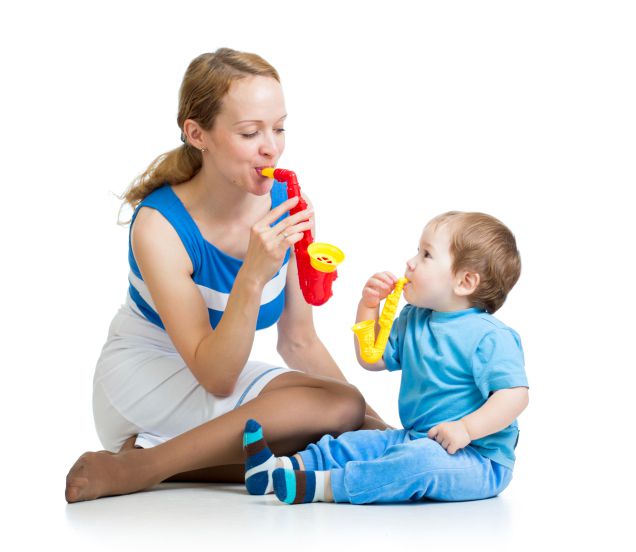Children are more apt to believe a nice, non-expert than a mean expert, according to researchers at The University of Texas at Dallas.
In the study published in Developmental Science, the authors examined how preschoolers decide whom to believe when provided with two conflicting pieces of information given by a nice or mean adult.
Dr. Asheley Landrum, a recent UT Dallas graduate and lead researcher on the study, said that past research shows children recognize that different people know different things. However, less was known about how children decide between conflicting claims from alleged experts.
“We need to find the conditions under which children and adults are susceptible to accepting inaccurate information as true,” Landrum said. “This means we need to determine when children use characteristics besides how competent someone is, like how attractive or nice someone is, to decide how much to trust that person. We can then develop tools to train children and adults to pay attention to characteristics that are more indicative of a trustworthy source.”
Landrum and colleagues conducted a series of experiments to test how children decide who is a trustworthy source of information. A total of 164 children, ages 3 to 5, participated in the experiments by watching videos of people described as eagle or bicycle “experts.” The first experiment questioned if children understood that some people have more knowledge about topics depending on their expertise, that is, eagle experts know more about birds than bicycle experts.
Both experts would say the same lines, such as, “I found something used to help ducks swim,” but they would provide conflicting follow-up information. For example, one would call it a “blurg,” while the other called it a “fep.” Children were asked which expert was more likely to have named the item correctly. By age 4, children recognized that experts on eagles knew more when asked questions about birds and experts on bicycles knew more when asked questions about vehicles.
The second and third experiments examined how niceness and meanness affected assigning knowledge to an expert. In one experiment, the children were presented with similar videos to the first experiment, but one expert appeared mean by crossing his arms and frowning, while the other appeared nice by smiling and using a friendly tone.
In the final experiment, only one person was identified as an expert and the other was expressly described as a non-expert about the topic. In both experiments, children preferred to learn information from the nice person, even when he was described as having no knowledge on the topic.
“Even when an expert clearly should know an answer to a question, children tend to trust claims made by nice people with no expertise over mean people with clearly relevant expertise,” said Dr. Candice Mills, Landrum’s advisor and co-author on the paper.
These findings suggest the power of appearing nice. According to Mills, associate professor in the School of Behavioral and Brain Sciences, children may conclude that someone who appears pleasant is both trustworthy and competent, even if the friendly appearance is a carefully crafted act of manipulation.
“A child might encounter an experienced, yet ill-tempered doctor providing useful advice on how to treat flu symptoms, or a well-intentioned older peer providing unsafe advice on how to handle bullies,” said Mills. “In these cases, children need to be able to put aside how nice or mean someone seems to be in order to learn to trust the right people.”
People in roles where a child’s trust is important, such as an instructor or first responder, may also benefit from this research, Mills said.
(Source: UTDallas, Developmental Science)










